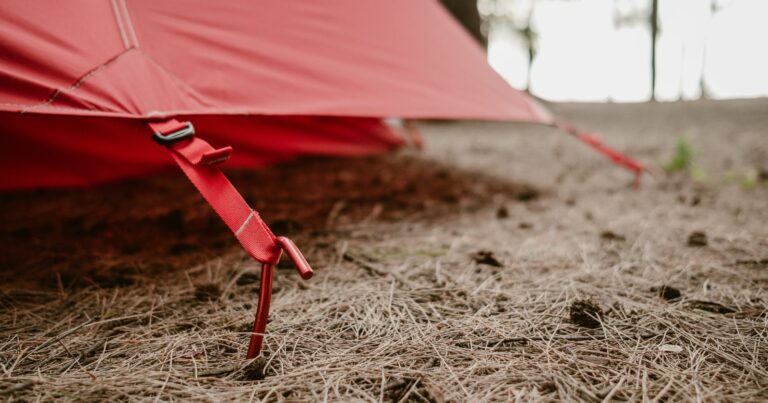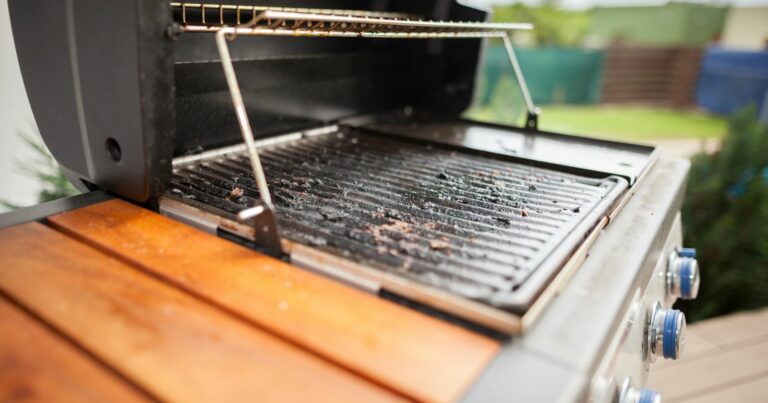How to Set Up a Tent Indoors Without Stakes
Camping is a blast, but unpredictable weather can force you to set up your tent inside. Or maybe you just want to practice pitching your new tent before heading out into the wilderness. Either way, setting up a tent indoors presents unique challenges without stakes to secure it.
Without the ability to drive anchors into the ground, your tent can easily slide around and collapse once you start moving inside it. But with some clever techniques and common household items, you can quickly transform any room into a campsite.
In this post, I’ll go over easy methods to securely pitch a tent inside using makeshift weights and tie downs. You’ll learn how to create a freestanding indoor tent so you can comfortably camp wherever you have space. Before you know it, your living room will feel just like sleeping under the stars. So read on to turn your home into a impromptu campground!
Use Sandbags to Weigh Down the Tent Corners
One of the easiest ways to set up a tent indoors is to use sandbags. Sandbags are heavy enough to keep the tent firmly in place but won’t damage floors or walls.
Here’s how to set up a tent using sandbags:
- Fill several sealable plastic bags about halfway with sand. You can purchase sandbags or make your own by using zipper storage bags.
- Place a sandbag on each corner of the tent once you have it set up. Position the sandbag on top of the floor and as close to the corner pole as possible.
- For added security, put a sandbag on top of each of the guylines too. The weight will keep the ropes taut.
The number of sandbags needed depends on the size of the tent. Most dome-style tents only need 4 bags – one per corner. Large cabin-style tents may need up to 8 or more bags to keep the tent stable.
Use Heavy Rocks or Logs to Secure Corners
Another common household item that can be used instead of stakes are rocks or logs. Look for smooth, heavy rocks or cut logs about the same thickness as tent poles.
Here are some tips for setting up a tent using rocks or logs:
- Place a rock or log at each corner, positioned on top of where the stake would normally go. The weight will prevent the tent from moving.
- For extra stability, put additional rocks or logs along the edges and guylines. Focus on anchoring tie-down points that attach to poles.
- Use rocks that are too large to fit underneath the edge as a temporary doorstop. This will keep the tent door open.
- If using logs, place them perpendicular to tent edges for the best leverage.
Rocks or logs that are around 5 pounds or heavier per corner work best for keeping tents in place.
Fill Jugs With Water to Hold Down Tent Corners
For a super easy indoor tent anchor, use water-filled jugs! Gallon milk jugs or 2-liter soda bottles work perfectly. Here are some tips:
- Fill empty plastic jugs with water, leaving an inch or two of air at the top. Screw the cap on tightly.
- Position a filled jug on top of each corner of the tent, where a stake would normally go. The downward pressure keeps the tent in place.
- For extra stability, place additional filled jugs along the edges, on guyline tie downs, and by the door flaps.
The heavier the jugs, the better. Aim for around 5 pounds of water weight per corner. A gallon of water weighs over 8 pounds!
Tie Guylines and Ropes to Nearby Objects
Tying guylines and ropes to stable furniture or structures is a great way to anchor a tent without stakes. Here are some ideas:
- Tie each guyline to a piece of heavy furniture, like a sofa, armchair, or desk.
- Run ropes from upper tie-down points to bookshelves, coat racks, or curtain rods. Look for sturdy anchoring points.
- Attach carabiners to ropes and clip them onto tables or shelves for easy adjustment.
- For cabin-style tents, tie corner ropes to hand weights or medicine balls for added floor tension.
The key is ensuring the anchors you use are heavier than the tent itself. Tie knots securely and check for slippage.
Weigh Down Edges with Sand or Dirt
An easy alternative to weights or tie downs is to simply use sand or dirt. This creates a natural staking effect. Here’s how:
- Get play sand or use dirt from your yard. Pour it into several sealable bags or containers.
- Position the sand-filled bags around the outer edges of the tent floor, similar to where stakes would go.
- For the door flaps and vestibules, pour sand or dirt directly on top of them to keep the fabricweighted down.
- Check edges occasionally and add more sand/dirt if needed. The material can shift over time.
This works best for short-term setups. Use about 5 pounds of sand/dirt per stake point.
Final Tips
Setting up a tent without stakes takes a bit more work but is completely doable with household objects. Aim to anchor each corner with at least 5 pounds of weight. And tie down any adjustable guylines and interior tie-down points for maximum security and wind resistance.
With a little creativity, you can transform any indoor space into a campworthy tent zone. Happy indoor glamping!







